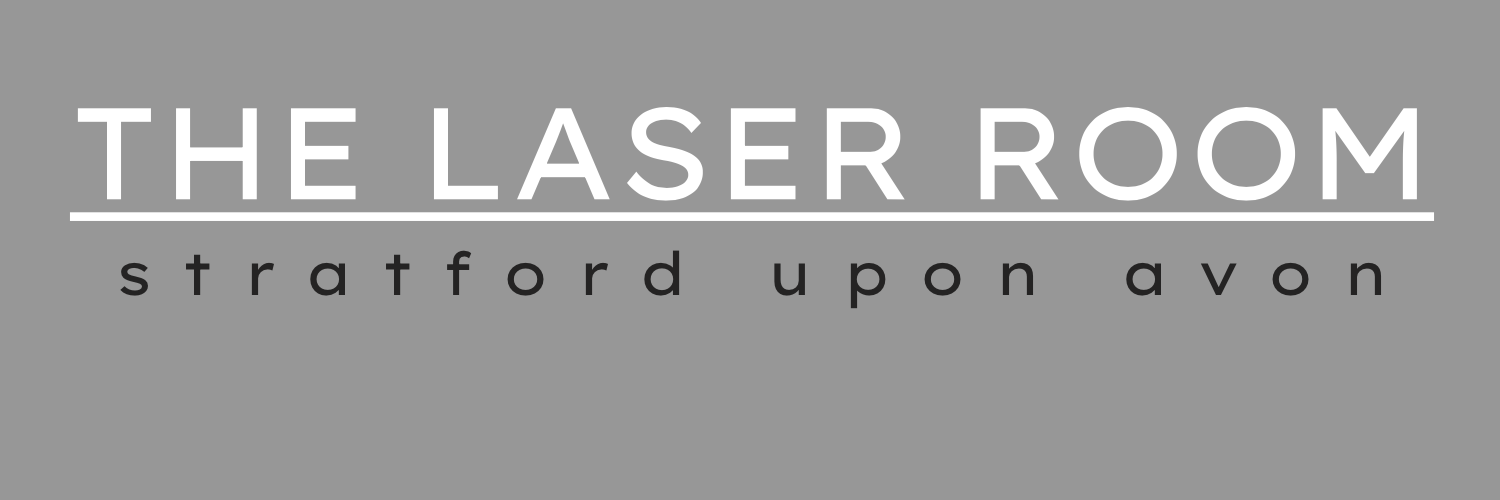Laser hair removal is a popular medical procedure that uses a laser, an intense, pulsating beam of light, to remove unwanted hair from the body. It has become a common alternative to traditional hair removal methods such as shaving, waxing, and plucking, as it provides a longer-lasting solution. This article aims to provide a comprehensive guide to laser hair removal, including how it works, the benefits and risks, and what to expect during and after the procedure.
What is Laser Hair Removal?
Laser hair removal is a medical procedure that uses a laser to target hair follicles, which are the small sacs under the skin that produce hair. The laser emits a concentrated beam of light that is absorbed by the pigment (melanin) in the hair follicles. This light energy is then converted into heat, which damages the hair follicles, inhibiting or delaying future hair growth [1].
How Does Laser Hair Removal Work?
Laser hair removal works by emitting a high-heat laser or intense pulsed lights (IPLs) that dissolve hair and temporarily disable hair follicles. This allows the follicles to be unable to produce hair in the future [2]. The process involves a series of treatments, typically spaced 4-6 weeks apart, as hair grows in cycles and the laser can only target actively growing hair. The number of sessions required varies depending on factors such as hair thickness, skin type, and the area being treated.
Benefits of Laser Hair Removal
One of the primary benefits of laser hair removal is that it provides a longer-lasting solution compared to traditional hair removal methods. After a series of treatments, many people experience permanent hair reduction. Laser hair removal can also be done on various parts of the body, including the face, arms, legs, underarms, and bikini area. It is generally considered safe and has few side effects, though some people may experience temporary redness or swelling [3].
Risks and Side Effects
While laser hair removal is generally considered safe, there are potential risks and side effects associated with the procedure. Some people may experience temporary redness, swelling, or a slight burning sensation during the treatment. In rare cases, laser hair removal can cause scarring, blistering, or changes in skin color. It is essential to choose a qualified and experienced practitioner and follow all pre- and post-treatment instructions to minimize the risks [1].
What to Expect During and After Laser Hair Removal
During the procedure, the area being treated will be cleaned, and a cooling gel may be applied to the skin to protect it and enhance the effectiveness of the laser. You will be given protective eyewear to wear during the treatment to prevent damage to your eyes. The laser is then moved over the area, emitting short bursts of intense light (Laser Point) which are focussed on the root of the hair rather than removing it at the outer layer of the skin. After your treatment is it advised to avoid bathing in hot waters (the water can be comfortable but not hot) for 48 hours. Avoid activities involving chlorine (such as swimming) for 48 hours. Avoid make-up on the treated area for at least 48 hours. Avoid the application of perfumed products or bleaching creams for 48 hours.
